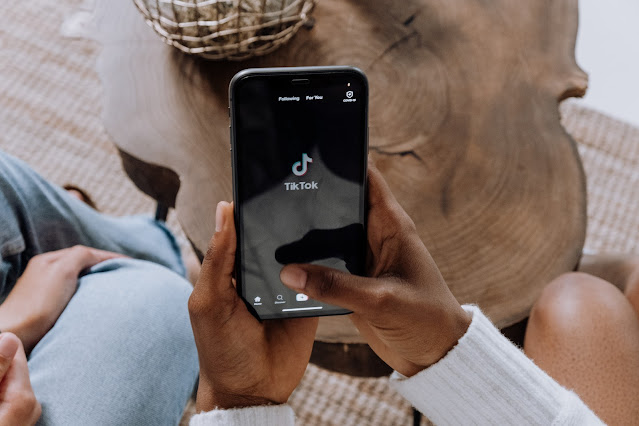Fortinet Firewall Data Breach: 15,000 Devices Compromised by Belsen Group
On January 14, 2025, it was reported that the configuration data of over 15,000 Fortinet...
CyberCrime
Cyberfrauds
Cybersecurity
Cyberthreats
Darkweb
Databreach
Hackers
Vulnerabilities and Exploits
















